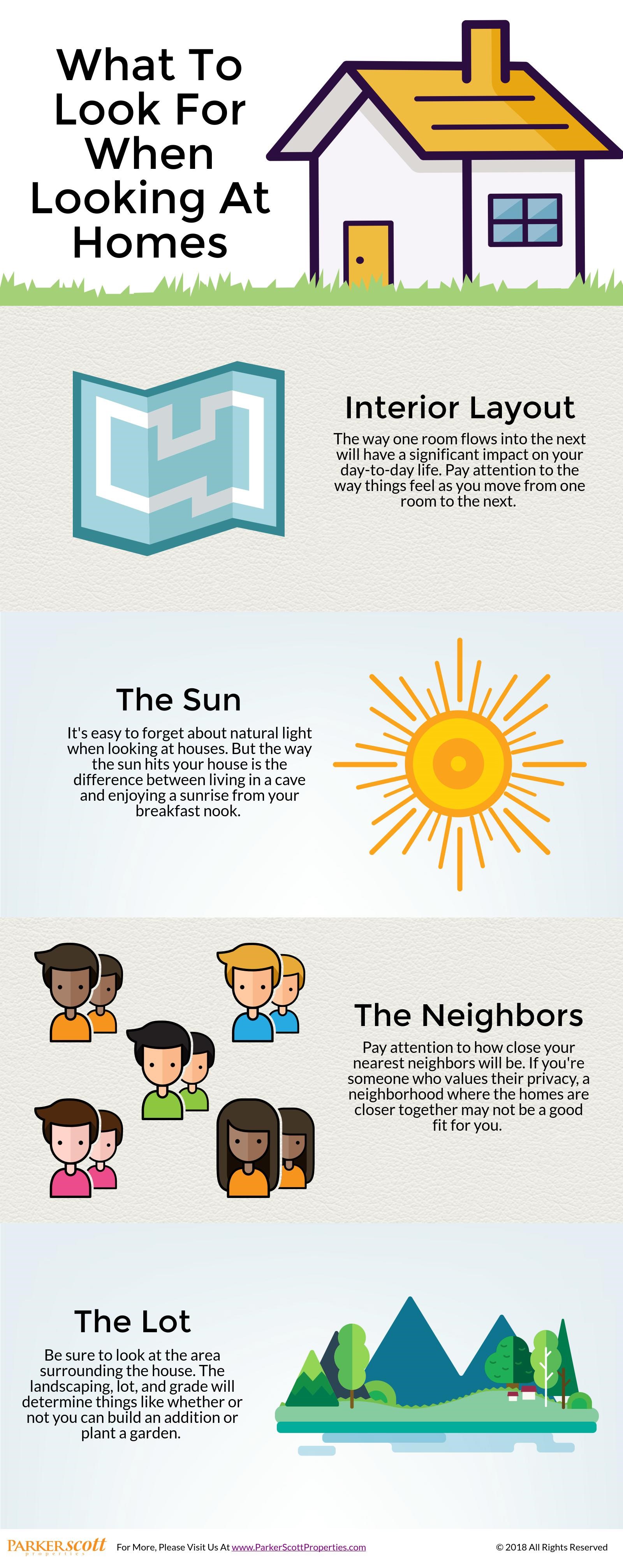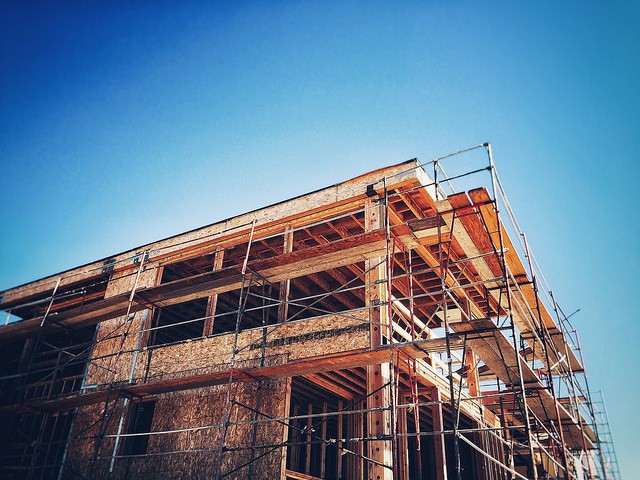With buyer demand high and the number of houses for sale low, today’s market is favorable for homeowners who want to sell. But though they’re likely to find interested buyers, homeowners shouldn’t expect that everything will always go their way. In fact, a home’s sale almost always involves a negotiation and home sellers, just like buyers, should expect to have to compromise here and there. For example, 76 percent of sellers said they had to make at least one concession when selling their home, according to one recent survey. That means, even in markets that favor sellers, homeowners should have some flexibility when it comes to working out the details of the final sale. Home sellers should also be prepared to make some pre-sale improvements to their house, as the vast majority of recent home sellers also said they had to fix up their home before listing it. In short, regardless of how hot your local market is, you still have to get your house in shape and work with your home’s buyer to ensure the sale is a success on both ends. More here.
High-End Neighborhoods Make Most Popular List
When searching online listings for homes to buy, it is sometimes difficult not to wander outside of your price range for a look at houses you’d love but can’t afford. This is true no matter what your particular price range might be. There will always be a house just out of your reach that’ll catch your curiosity. And the internet has made it easier than ever to get a glance of the high-end homes you’d previously only be able to see from the road. Proof of this can be found in a recent analysis of the country’s most popular neighborhoods based on page views. The top 20 features the nation’s most desirable addresses in some of the most exclusive zip codes. The Oaks in Los Angeles was the top neighborhood, followed by places like Tuxedo Park in Atlanta, Presidio Heights in San Francisco, and New York’s Crestwood neighborhood. But, in this case, the number of views a particular house or neighborhood receives isn’t likely to reflect an increase in the number of potential buyers. More likely, these neighborhoods reflect – not where Americans are buying homes – but where they dream of buying homes. More here.
Housing Outlook Says Take The Long View
If you spend any time following the real estate market or economy, you know there’s no shortage of data. Nearly every day there’s a new report detailing some corner of our economic lives, whether it’s consumer spending, mortgage rates, jobs, or home sales. But reading the day-to-day news reports can sometimes give you a distorted view of what’s really happening. That’s because monthly updates on the housing market’s ups-and-downs can be more volatile than a look at annual results. And so it’s important to take a big-picture view of the market from time to time. For example, Fannie Mae’s most recent Economic and Housing Outlook says, despite a slower-than-expected first quarter, the economy will continue to grow. And, according to Doug Duncan, Fannie Mae’s chief economist, home sales will also continue to improve, despite a more challenging environment for buyers. “Soft residential investment last quarter should prove temporary, as home sales resume their slow upward grind, with inventory shortages playing friend to prices but foe to affordability and sales.” More here.
Busy Buyers Say They Hope To Avoid Renovations
Unless you’re buying a new house, you’re likely to be choosing which house to buy based on how much work it might need. And if you don’t have the time and expertise to do the work yourself, you’re going to have to factor possible remodeling costs into your buying equation. In other words, it can get complicated. That’s why, today’s home buyer says they’re looking for a move-in ready home that requires very little renovation. Busy schedules and tight budgets mean many Americans don’t have the resources or time to invest in a major kitchen overhaul or bathroom upgrade. But is it realistic to expect to find the perfect home in perfect condition at a time when many markets have lower-than-normal inventory levels? Well, probably not. That’s why buyers should have an idea about what they will or won’t compromise on before heading out to shop homes. Conversely, home sellers should think about any investments they can make before listing that might help sell their house at a higher price.
Homes Sell At Fastest Recorded Pace In 2017
Making big decisions quickly is not usually a recipe for success. However, in today’s housing market, that’s exactly what home buyers have to do. That’s because homes are selling faster than ever these days. In fact, according to a recent analysis, the average home took 81 days to sell last year. And that includes closing, which usually takes four to six additional weeks. In other words, since many markets have more buyers than they do available homes, houses for sale are selling fast. So what should buyers do to prepare for possible competition? Well, for starters, adjust your expectations. A recent report from Zillow found the average buyer spends just over four months searching for a home and makes two offers before successfully buying a house. That means, expect a process. Outside of that, be prepared. Get prequalified, know what you want, what you want to spend, and what your dealbreakers are. The more prepared you are, the more likely you’ll make good decisions, even if they have to be made quickly. More here.

One Reason Outdoor Spaces Are So Important
What To Look for When Looking At Homes

What Strategies Are Buyers Using This Spring?
From all accounts, this spring’s housing market is going to be a busy one. High buyer demand has carried over from last year and so have inventory concerns in many markets. In other words, anyone hoping to find and buy a house this spring should be prepared for competition from other interested buyers. What does that mean? Well, in short, it means moving quickly and saving up some extra money to sweeten the pot, if necessary. In fact, according to a recent survey, home buyers say they are checking online listings every day and 40 percent say they’re planning to put more than 20 percent down. Other strategies buyers say they’re employing this spring to beat the competition include setting price alerts and offering above asking price. Overall, home buyers are aware of current conditions and are preparing themselves for the possibility of having to win over a home seller with an offer that exceeds all others. As evidence of this, just six percent of survey respondents said they are doing nothing to prepare for competition from other buyers. More here.
The Neighborhood Feature Buyers Want At Any Age
The factors that influence a home buyer’s decision to buy a particular house in a particular neighborhood are very similar across demographic groups. After all, our lives are more similar than they are different. We all want to live in a safe neighborhood with access to things we want and need, like recreation and health care providers. However, depending on the age of the buyer, there are some are other neighborhood features, like schools, that may appeal more to a younger home buyer than an older one. For that reason, the National Association of Realtors’ Home Buyer and Seller Generational Trends study takes an annual look at who’s buying homes, what kind of homes, and for what reasons. Lawrence Yun, NAR’s chief economist, says the results show there is one factor that appeals to buyers of all ages. “The sense of community and wanting friends and family nearby is a major factor for many home buyers of all ages,” Yun said. “Similar to Gen X buyers who have their parents living at home, millennial buyers with kids may seek the convenience of having family nearby to help raise their family.” In short, proximity to family and friends was important to buyers of all ages, whether they were millennials or baby boomers. More here.

Are More New Houses On The Way?
Generally speaking, there are fewer homes available to buy right now than is considered normal. And though conditions will differ from one market to the next, when inventory is an issue, it leads to competition and higher prices. That’s because, there are too many buyers vying for the number of homes currently available. But when there are more buyers than there are homes for sale, conditions are also ripe for builders. And typically, they’ll take notice and build more homes to accommodate those buyers. Based on recent readings of the National Association of Home Builders’ Housing Market Index – which measures builders’ confidence in the market for new homes – that may be where the market is right now. For example, builders confidence has been at or above 70 for four consecutive months, on a scale where any number above 50 indicates more builders see conditions as good than poor. And most of their optimism is based on market conditions and their expectations for future sales, rather than current traffic. Which means, builders see an opportunity in this year’s market and may begin ramping up construction of new homes. If that happens, it’ll provide more choices for buyers and help slow spiking price increases. More here.


